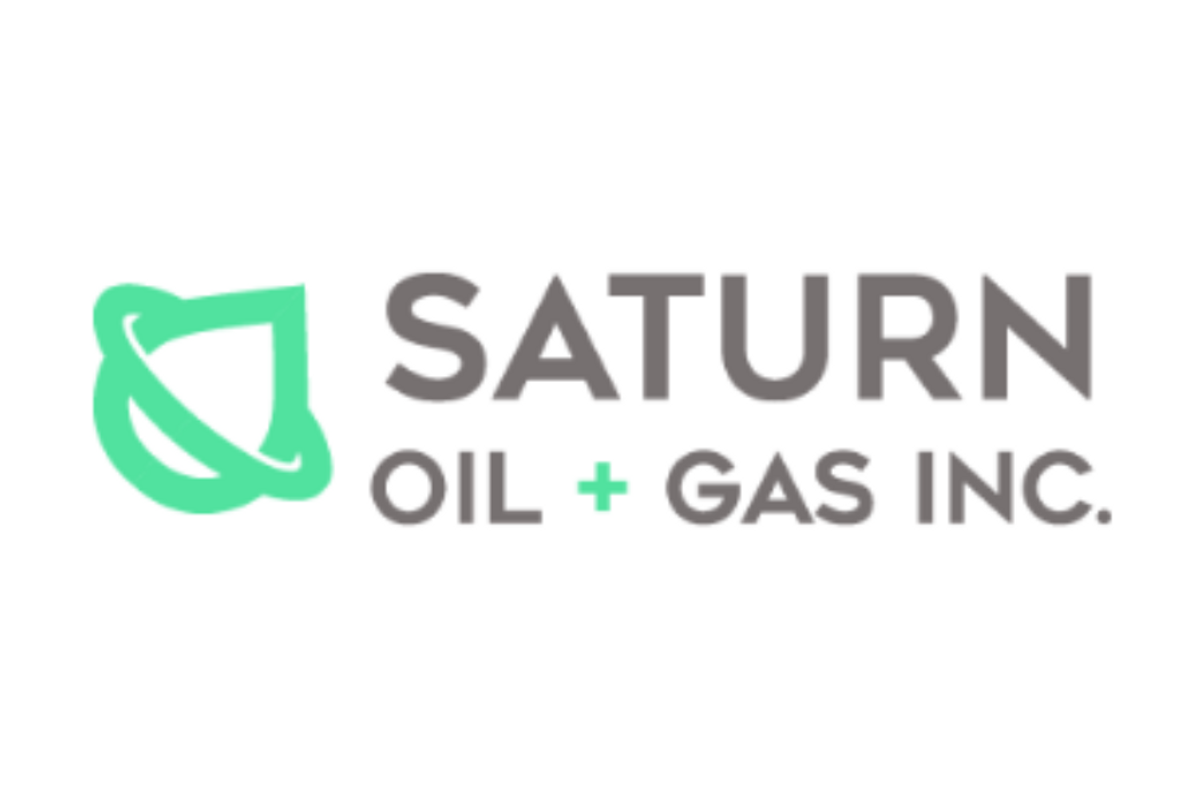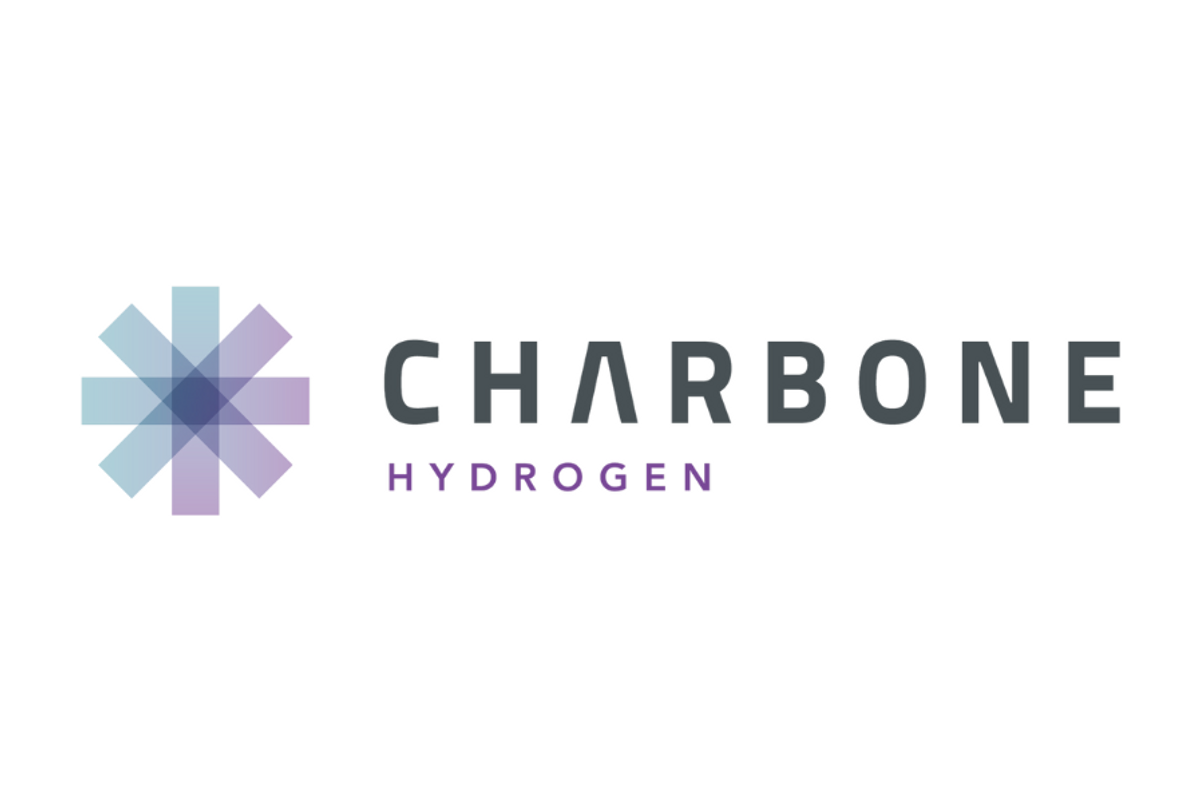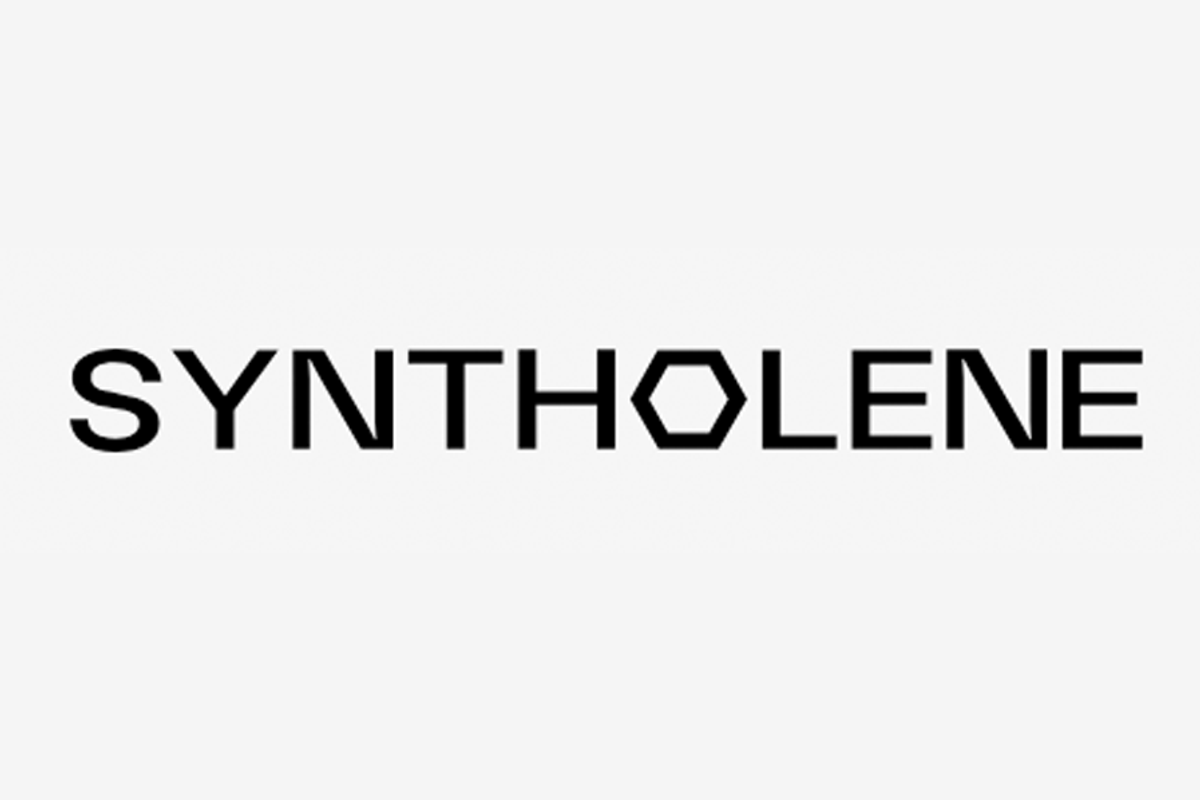
June 04, 2024
Saturn Oil & Gas Inc. (TSX: SOIL) (FSE: SMKA) (OTCQX: OILSF)("Saturn" or the "Company") today announced that, subject to market and other conditions, it intends to offer US$625 million in aggregate principal amount of senior secured second lien notes due 2029 (the "Notes") in a private offering (the "Offering") exempt from the registration requirements of the Securities Act of 1933, as amended (the "Securities Act"), to eligible purchasers under Rule 144A and Regulation S of the Securities Act. The Notes will be secured by second priority perfected liens on substantially all of the Company's assets, subject to certain exceptions. Initially, the Notes will not be guaranteed, but in the future the Notes may be guaranteed, on a senior secured second lien basis, by any future restricted subsidiaries of the Company, subject to certain exceptions.
The Company expects to use the net proceeds from the Offering to, (a) together with cash on hand and proceeds of its recent $100 million bought deal equity offering of subscription receipts, fund a portion of the cash purchase price of the Company's pending acquisition of certain oil and gas properties, interests, and related assets located in Southern Saskatchewan from Veren Partnership (formerly called Crescent Point Resources Partnership) (the "Acquisition"), (b) repay in full the Company's senior secured term loan, and (c) general corporate purposes, which may include the restructuring of certain hedges. In addition, Saturn has also secured a commitment to arrange a new reserve based loan facility ("RBL"), with available capacity of $150 million that will be undrawn at the closing of the Acquisition.
In the event that the Offering is completed prior to the Acquisition, gross proceeds will be deposited in an escrow account pending completion of the Acquisition. The Notes will be subject to a "special mandatory redemption" in the event that the transaction contemplated by the Acquisition is not consummated on or prior to August 14, 2024, or if the Company notifies the trustees of the Notes that it will not pursue the consummation of the Acquisition.
The Notes to be offered have not been registered under the Securities Act, Canadian securities laws or the securities laws of any other jurisdiction, and may not be offered or sold within the United States, or to or for the account or benefit of any U.S. Person, absent registration or an applicable exemption from registration requirements. The Company is under no obligation, and has no intention to, register the Notes under the Securities Act, Canadian securities laws or the securities laws of any other jurisdiction in the future.
The Notes will be offered and sold in the United States only to persons reasonably believed to be "qualified institutional buyers" in accordance with Rule 144A under the Securities Act and to certain non-"U.S. persons" outside the United States in reliance on Regulation S under the Securities Act.
This press release does not constitute an offer to sell, a solicitation to buy or an offer to purchase or sell any securities, nor shall there be any sale of these securities in any state or jurisdiction in which such offer, solicitation or sale would be unlawful prior to registration or qualification under the securities laws of any such state or jurisdiction.
About Saturn Oil & Gas Inc.
Saturn Oil & Gas Inc. is a growing Canadian energy company focused on generating positive shareholder returns through the continued responsible development of high-quality, light oil weighted assets, supported by an acquisition strategy that targets highly accretive, complementary opportunities. Saturn has assembled an attractive portfolio of free-cash flowing, low-decline operated assets in Saskatchewan and Alberta that provide a deep inventory of long-term economic drilling opportunities across multiple zones. With an unwavering commitment to building an ESG-focused culture, Saturn's goal is to increase reserves, production and cash flows at an attractive return on invested capital.
Saturn's shares are listed for trading on the TSX under ticker 'SOIL' on the Frankfurt Stock Exchange under symbol 'SMKA' and on the OTCQX under the ticker 'OILSF'.
Saturn Oil & Gas Investor & Media Contacts:
John Jeffrey, MBA - Chief Executive Officer
Tel: +1 (587) 392-7900
www.saturnoil.com
Kevin Smith, MBA - VP Corporate Development
Tel: +1 (587) 392-7900
info@saturnoil.com
Forward-Looking Information and Statements
Certain information included in this news release constitutes forward-looking information under applicable securities legislation. Forward-looking information typically contains statements with words such as "anticipate", "believe", "expect", "plan", "intend", "estimate", "propose", "project", "will" or similar words suggesting future outcomes or statements regarding an outlook. Forward-looking information in this news release may include, but is not limited to, statements concerning: timing of the Acquisition and Offering, funding and payment of the purchase price in respect of the Acquisition; the anticipated closing date of the Offering and the Offering and the terms thereof; the use of proceeds from the Offering and the RBL.
The forward-looking statements contained in this news release are based on certain key expectations and assumptions made by Saturn, including expectations and assumptions concerning the receipt of all approvals and satisfaction of all conditions to the completion of the Acquisition and the Offering.
Although Saturn believes that the expectations and assumptions on which the forward-looking statements are based are reasonable, undue reliance should not be placed on the forward-looking statements because Saturn can give no assurance that they will prove to be correct. Since forward-looking statements address future events and conditions, by their very nature they involve inherent risks and uncertainties. Actual results could differ materially from those currently anticipated due to a number of factors and risks. These include, but are not limited to, risks associated with the oil and gas industry in general (e.g., operational risks in development, exploration and production; the uncertainty of reserve estimates; the uncertainty of estimates and projections relating to production, costs and expenses, and health, safety and environmental risks), constraint in the availability of services, commodity price and exchange rate fluctuations, actions of OPEC and OPEC+ members, changes in legislation impacting the oil and gas industry, adverse weather or break-up conditions and uncertainties resulting from potential delays or changes in plans with respect to exploration or development projects or capital expenditures. These and other risks are set out in more detail in Saturn's Annual Information Form for the year ended December 31, 2023.
Forward-looking information is based on a number of factors and assumptions which have been used to develop such information but which may prove to be incorrect. Although Saturn believes that the expectations reflected in its forward-looking information are reasonable, undue reliance should not be placed on forward-looking information because Saturn can give no assurance that such expectations will prove to be correct. In addition to other factors and assumptions which may be identified in this news release, assumptions have been made regarding and are implicit in, among other things, the timely receipt of any required regulatory approvals and the satisfaction of all conditions to the completion of the Acquisition and the Offering. Readers are cautioned that the foregoing list is not exhaustive of all factors and assumptions which have been used.
The forward-looking information contained in this news release is made as of the date hereof and Saturn undertakes no obligation to update publicly or revise any forward-looking information, whether as a result of new information, future events or otherwise, unless required by applicable securities laws. The forward-looking information contained in this news release is expressly qualified by this cautionary statement.
Specific forward-looking statements include statements regarding the Company's plans and expectations with respect to the Offering, including the anticipated use of the proceeds therefrom, and the pending Acquisition. The forward-looking statements are intended to be subject to the safe harbor provided by Section 27A of the Securities Act, Section 21E of the Securities Exchange Act of 1934, and the Private Securities Litigation Reform Act of 1995.
All dollar figures included herein are presented in Canadian dollars, unless otherwise noted.
The Conversation (0)
16 December
CHARBONE Confirms the Official Start of Commercial Production of Clean UHP Hydrogen in Sorel-Tracy
(TheNewswire) Brossard, Quebec TheNewswire - December 16, 2025 CHARBONE CORPORATION (TSXV: CH,OTC:CHHYF; OTCQB: CHHYF; FSE: K47) (" CHARBONE " or the " Company "), a North American producer and distributor specializing in clean Ultra High Purity (" UHP ") hydrogen and strategic industrial gases,... Keep Reading...
16 December
CHARBONE confirme l'entree officielle en production commerciale d'hydrogene propre UHP a Sorel-Tracy
(TheNewswire) Brossard, Quebec TheNewswire - le 16 décembre 2025 CORPORATION CHARBONE (TSXV: CH,OTC:CHHYF; OTCQB: CHHYF; FSE: K47) (« CHARBONE » ou la « Société »), un producteur et distributeur nord-américain spécialisé dans l'hydrogène propre Ultra Haute Pureté (« UHP ») et les gaz industriels... Keep Reading...
15 December
Angkor Resources Signs Letter of Intent to Sell Evesham Oil Production
(TheNewswire) GRANDE PRAIRIE, ALBERTA TheNewswire - December 15, 2025 - Angkor Resources Corp. (TSXV: ANK,OTC:ANKOF) ("ANGKOR" OR "THE COMPANY") is pleased to announce that it has entered into a binding Letter of Intent ("LOI") with an arm's length party (the "Purchaser") to sell its 40%... Keep Reading...
12 December
Syntholene Energy
Syntholene Energy is a Canada-based mineral exploration company. It is focused on the exploration and development of the Iron Lake Project which comprises 21 mineral claims totaling 8,035 hectares. Keep Reading...
10 December
Syntholene Energy Announces Completion of Reverse Takeover
Syntholene Energy Corp. (TSXV: ESAF) (formerly, GK Resources Ltd.) (the "Company" or "Syntholene") is pleased to announce that, further to its news releases dated May 6, 2025, May 16, 2025, July 9, 2025, September 18, 2025, November 18, 2025 and December 3, 2025, it has completed the acquisition... Keep Reading...
10 December
Angkor Resources Identifies Gold Prospect on Andong Meas License, Cambodia
(TheNewswire) GRANDE PRAIRIE, ALBERTA (December 10, 2025): Angkor Resources Corp. (TSXV: ANK,OTC:ANKOF) ("ANGKOR" OR "THE COMPANY") announces an additional gold target, named CZ Gol d on the west side of the Canada Wall prospect on the Andong Meas exploration license in Ratanakiri Province,... Keep Reading...
Latest News
Interactive Chart
Latest Press Releases
Related News
TOP STOCKS
American Battery4.030.24
Aion Therapeutic0.10-0.01
Cybin Corp2.140.00


